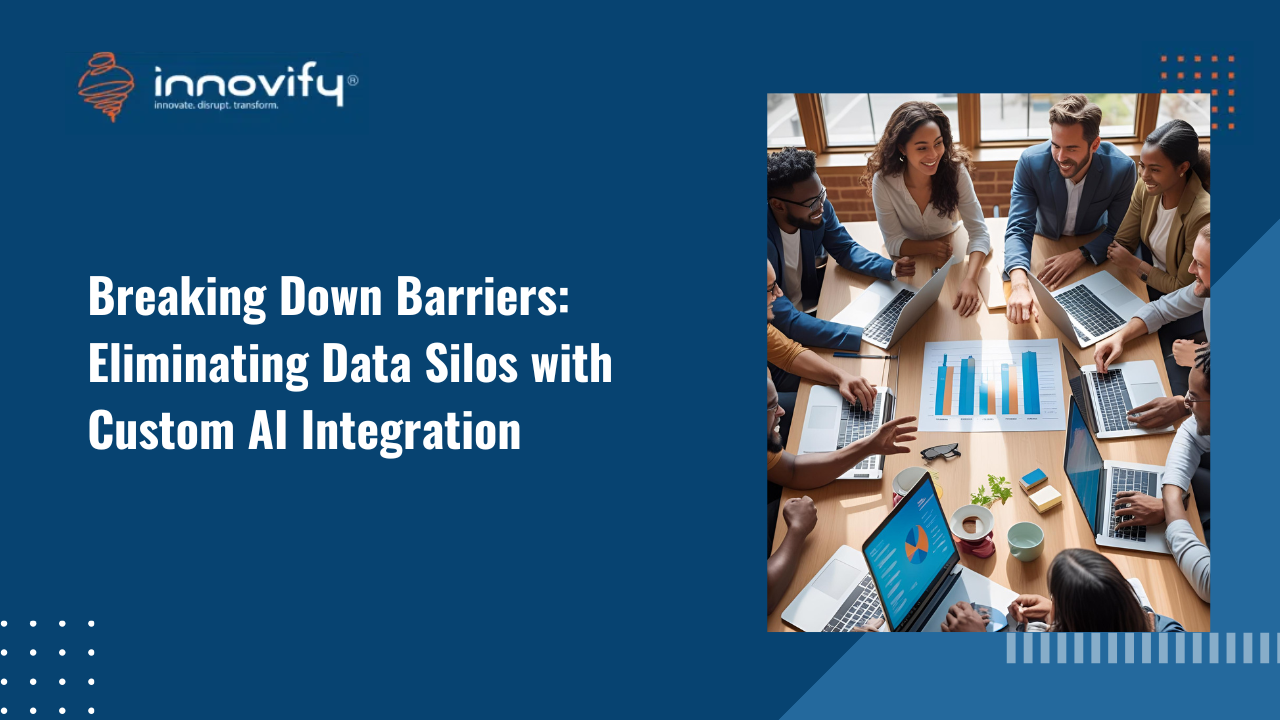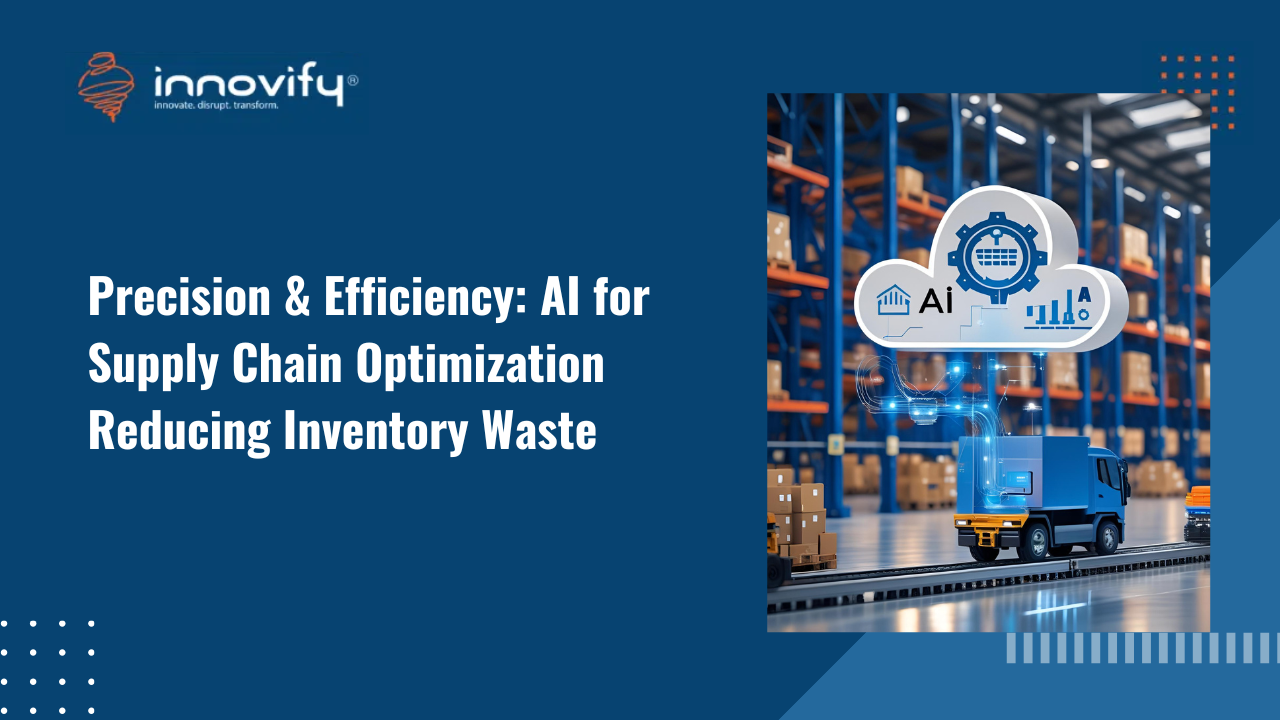Innovation
Best web3 frameworks for blockchain, web3 forecast and more
Imagine a world in which people can freely trade goods, services, information, and without central oversight. Imagine a world where social media is distributed, and content is not restricted.
It is a place that does not have any political borders or other limitations. This is Web 3.0. The future of tech development lies in web 3.0 frameworks.
Web 3.0 is a major Internet overhaul that brings new capabilities, architectures and applications.
Web 3.0 and Its Forecasts: Best Frameworks For Blockchain Development
Web 3.0, commonly known as Web3, is considered the future of the Internet. Decentralization, openness, and increased consumer use are the result of Web3. Users can manage their own data using machine learning, artificial intelligence, and blockchain3.
A decentralized autonomous organization (DAO) is an automated organization controlled by community members of a computer network instead of being headed by the government or any financial institution.
This is done so that giant businesses like Meta, Google, and Microsoft can’t take advantage of the user data like they have been doing all this time without users getting compensated for their valuable data.
What is Web 3.0 and its Forecasts?
Web 3.0 is here, knocking at our doors with new promises. Let’s look at some forecasts proposed by it and how true they stand.
Ownership
Verifying transactions becomes easy with the mathematical method provided by blockchain technology. No matter if the verification is for $1 worth of cryptocurrency or $1 million worth of digital assets. Human intervention is not needed when blockchain technology helps keep ownership legitimate.
For instance, if you wished to sell a house earlier, it would take many hours of human effort. With blockchain technology, it would take fewer hours to sell the house, and the process would be much more secure.
With this legit proof of ownership, a new concept has emerged: digital money, such as cryptocurrency.
Another digital and non-digital form of money is NFTs (Non-Fungible Tokens), about which everybody is raving on the internet.
Decentralization
In this context, decentralization means that no authority, such as the government or banks, maintains the blockchains. Instead, they are maintained by thousands of computers. For instance, in cryptocurrency and NFTs, no bank or government maintains how much is owned by whom.
This eliminates the power of any middlemen, such as banks or asset holders like Meta, Google, and Microsoft. This instills further trust and security in the users.
Lets build the future together. Get in touch with us to be part of this revolution
We are only a call awayWeb 3.0 Framework
Web 3.0 Framework makes it easy to create and run web applications. It also secures and manages permissions for user data.
Blockchain technology’s evolution has created new frameworks for decentralized applications (dApps), which include non-fungible token marketplaces. NFTs are digital assets with unique attributes and are only available on the Ethereum blockchain.
Developers who wish to create projects that include collectables and artworks, as well as real estate, have endless options because they are not interchangeable.
5 Best Web 3.0 Frameworks for Development of NFT Marketplaces
It’s time to know about the different frameworks of Web3 that can be used to develop Blockchain on the platform.
The Web3 frameworks help developers to work with decentralized technologies such as dApps and smart contracts.
Developers get to explore new avenues for exploiting or enhancing the distinctive features of Ethereum. Come, we will find the best Web3 frameworks that help develop blockchain.
1. Hardhat Framework
The protocol of the HardHat framework aims to provide all required resources and tools to the third-party developers that they need to launch their marketplace at the earliest possible.
With less time, the framework offers the best of what it can. The company’s major aim behind offering ready-made infrastructure is to enable users to exchange goods or services within their communities.
The marketplace of this framework is decentralized, offering unique ways of developing and running marketplaces. The framework is pattern-oriented, making the development of decentralized applications fast and easy.
It also has an extensive plugin architecture to enable the addition of custom blockchain technology. Hardhat also supports Django and Ruby on Rails web development frameworks.
Some famous examples of helpful tools here are the solidity stack traces and automatic error messages. The Hardhat network enables one-block mining with every transaction and without further delays.
Furthermore, the network strongly supports EMV implementation, which is the same as the implementation utilized by applications like ganache, remix, and Ethereum studio. The framework also supports several hard forks, like Constantinople, Byzantium, and Petersburg.
2. Truffle Framework
As Consensys announced in February 2017, Truffle is a unified development environment for web developers and software developers.
The framework offers some next-level tools required to develop smart contracts, debug, manage independent packages and deploy conveniently. With this framework, you can develop and test Ethereum DApps using any framework, such as Vue, React, or Angular.
Javascript is used to write the framework and is entirely framework-agnostic. Each DApp developed using Truffle contains a Truffle-Config file which involves all configuration settings of that project.
The Truffle suite is an ecosystem in Web3 development that consists of three various tools, i.e., Ganache, Truffle, and Drizzle. The framework helps the developers throughout the lifecycle of projects, whatever they are looking to build on Hyperledger, Ethereum, Quorum, or any of the platforms it supports.
The framework offers built-in support to enable the compilation, deployment and linking of smart contracts. It also provides automated contract testing to ensure the development is all bug-proof. Both web apps and console apps are supported for tight integration.
3. OpenZeppelin SDK
The OpenZeppelin SDK framework was launched in February 2018 as an open-source choice. OpenZeppelin SDK offers developers next-level infrastructure and security tools to enable smooth and robust development.
NFTs and ERC721 tokens are supported in this framework, making it the best option to enable the development of dApps that feature different types of assets.
With this framework, smart contract developers can concentrate on their deployment instead of reinventing the wheel with security infrastructure. After the installation of OpenZeppelin, the vetted contracts are employed in several projects.
One of the most important use cases of OpenZeppelin is the capability of controlling access. The contract help developers determine access to specific functionalities and resources.
Ownable is another contract of the OpenZeppelin framework within which the ownership of different contracts is s determined. The deployment of this contract helps particular entities obtain specific capabilities.
Get help in selecting the best web3.0 framework, that suits your custom need.
Setup a call now4. Brownie Framework
The Brownie framework is the blockchain framework that helps quickly develop the Nash equilibrium, a driven decentralized commerce application. It also allows automatic interaction of the participants related to NFT marketplaces. Ethereum smart contracts can be developed using the framework because it is easy to use and robust.
Brownie framework has several use cases, including automating the deployment of several contracts onto the blockchain and the interactions required to integrate or initialize them. It also helps developers gather detailed information when the transaction is reverted to help pinpoint the issues quickly.
Furthermore, it helps the developers write scripts or employ the console to interact with the contracts. In addition to enabling developers to focus primarily on the logic of their applications, this framework eliminates the need to reinvent blockchain-specific code.
The framework has a very high level that helps develop decentralized applications on the blockchain. It can also work with numerous blockchains with the help of oracles. The best part about this framework is that it is entirely written in Java, so there is no need for third-party tools and libraries compared to the other choices.
5. Chainlink SDK
Third-party services are used to power all the blockchain-based auction platforms and marketplaces. These services are known as Oracles and are used to power essential functions such as off-chain data and price feeds.
You should know these things about ChainLink:
- ChainLink uses various software and hardware technologies, including Python, GO and C++.
- It is a blockchain-based middleware which bridges cryptocurrency smart contracts and off-chain resources such as data feeds and traditional bank account payments.
- Chainlink is creating a secure, interoperable, and scalable bridge between existing value systems and blockchain networks.
The Future of Internet
Blockchain technology has, to a great extent, led to the development of frameworks that make it easy to build decentralized applications (dApps). The non-fungible tokens are included in it.
Ethereum blockchain is a popular choice for NFTs. They are unique digital assets, and the attributes provided make them one-of-a-kind options.
Furthermore, the concept offers limitless opportunities to developers looking forward to creating projects featuring artworks, collectibles, real estate, and much more.
Frequently Asked Questions
1. What is Web 3.0?
Web 3.0 is the third iteration of the internet and is being called the future of the internet. It is a new technology that allows users to own their data.
2. What are the best frameworks for blockchain development?
Some of the best blockchain developments include:
- OpenZeppelin SDK: Helps develop, deploy, and operate smart contract projects on Ethereum and other EVM and eWASM.
- Brownie Framework: It helps the quick development of the Nash equilibrium.
- Truffle Framework: It is one of the best blockchain and smart contract tools.
- Hardhat Framework: You can compile your contracts using this Ethereum development environment and run them on your development program using this environment.
3. What are the forecasts for Web 3.0?
Web 3.0, released in 2014, laid the groundwork for the semantic web, artificial intelligence, and a virtual world. It also made digitally decentralized applications like cryptocurrency, NFTs, and much more possible through its technology.



